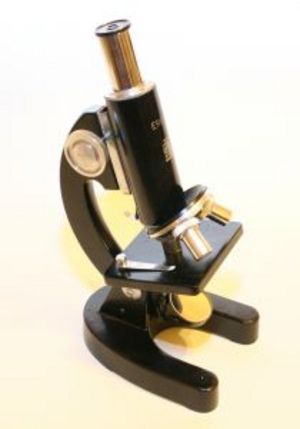It is important with planted tanks to know the level of CO2 in order for your plants and fish to survive and flourish. If the CO2 levels are too low the plants will suffer due to insufficient raw material for photosynthesis. With too much CO2 your fish could die of anoxia which is a decrease in the oxygen level in the water. Creating and maintaining the perfect balance is tricky and the first step is learning how to measure the CO2 levels in the tank.
Using a CO2 Chart
Step 1
Collect a water sample from your tank.
Step 2
Using an aquarium test kit, measure the pH of the water sample. Note the reading and then dispose of the sample.
Step 3
Collect a second water sample from your tank. Measure the kH of the water sample using the aquarium test kit and note the reading. Dispose of the sample.
Step 4
Use the CO2 chart to reference where the kH and pH levels from the samples cross on the grid. The number indicated is the parts per million, or ppm, of CO2 of the tank.
pH Drop Method
Step 1
Collect a water sample from your tank.
Step 2
Measure the pH of the sample using an aquarium test kit.
Step 3
Let the sample sit at room temperature uncovered for 24 to 48 hours.
Step 4
Measure the pH again using the test kit.
Step 5
Calculate the drop in pH level. A 1° drop in pH will equal an ideal 30 ppm of CO2.
Drop Checker Method
Step 1
Make a batch of sodium carbonate by cooking baking soda at 400 degrees for 45 minutes. Sodium carbonate is much more accurate than sodium bicarbonate.
Step 2
Make a solution of 40 kH by mixing distilled water with sodium carbonate until the kH reading with the aquarium test kit reads 40. The normal ratio is usually 0.99 grams of sodium carbonate in 1 liter of distilled water.
Step 3
Dilute the 40 kH solution to a workable solution of 4 kH by mixing a 10ml sample with 90ml of distilled water.
Step 4
Fill your drop checker, a U-shaped device with a bell end and a ball end, with the 4 kH solution and 3 drops of bromothymol blue which is located in your aquarium test kit.
Step 5
Turn the drop checker upside down by slowly turning it to allow the liquid to drain completely into the ball end and then insert it into the tank so that the bell end is submerged and there is a sufficient air gap. Secure gently to the mounting cup in the tank.
Step 6
After a couple of hours the color of the solution should start to change. To achieve the proper CO2 balance you should look for a greenish color. A yellow color requires immediate action to reduce CO2 as extremely high levels can harm fish. A lack of change or only slight change in the blue range indicates lower than optimal CO2 levels and you should add CO2 to the tank.






